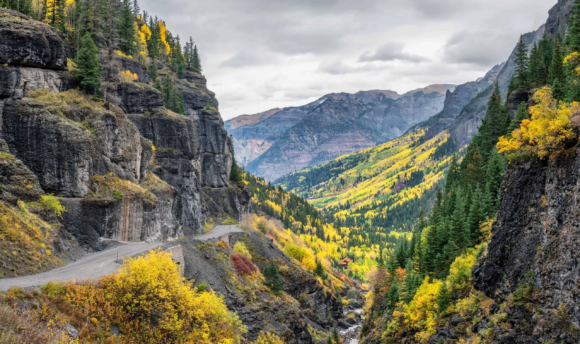Update below (04sep23)
This article got me thinking of Galt’s Gulch in Rand’s Atlas Shrugged, or Freeside in Gibson’s Neuromancer: places the wealthy run off to to escape mainstream society. Indeed, what this article talks about isn’t something that echoes these fictions, this is an actual escapist effort in our own reality.
Reid Hoffman, Marc Andreessen, and Laurene Powell Jobs reportedly all contributed to the venture to build a new city with ‘tens of thousands of new homes’ and ‘orchards with over a million new trees.’
Source: Tech leaders spent $800 million trying to build new city beside San Francisco – The Verge
“Impact of privilege and isolation”
I was trying to remember other similar books that had this or something similar as a plot tool, such as in Sagan’s Contact or Stephenson’s Snow Crash. So I had a conversation with ChatGPT about this and then had it summarize a few for me:
Certainly, the concept of wealthy individuals or groups leaving mainstream society to establish their own secluded enclaves is a recurring theme in literature. Here are a few more examples of such settings from various novels:
“The Diamond Age: Or, A Young Lady’s Illustrated Primer” by Neal Stephenson: In this novel, there are gated communities known as “phyles,” which are separate cultural and societal groups. Each phyle has its own rules, norms, and values. Some of these phyles are quite wealthy and have their own advanced technologies.
“Jennifer Government” by Max Barry: The novel is set in a dystopian future where corporations have replaced governments. There are affluent enclaves where company employees live, separated from the general population. The divide between the wealthy and the rest of society is stark.
“Snow Crash” by Neal Stephenson: While not exactly a refuge for the rich, this novel features the “Raft,” a massive floating city made up of scavenged materials, home to a diverse range of people including refugees and outcasts. It’s an example of an alternate society outside the mainstream.
“The Circle” by Dave Eggers: While not a gated haven, the novel explores a powerful tech company that seeks to create an all-encompassing online community where people live their lives. The company’s influence blurs the lines between private and public spaces.
“Super Sad True Love Story” by Gary Shteyngart: This satirical novel portrays a future where society is deeply divided between the technologically elite and those who are left behind. The wealthy elite live in protected enclaves with advanced technology, further isolating themselves from the rest of the population.
“Parable of the Sower” by Octavia E. Butler: While not centered around wealthy individuals, the novel explores the concept of intentional communities known as “acorn” communities, where people come together to create self-sufficient and sustainable communities in the face of societal collapse.
These novels offer various takes on the idea of exclusive enclaves, intentional communities, or alternative societies created by the wealthy or powerful. While the nature and motivations behind these settings might differ, they all contribute to the exploration of social dynamics and the impact of privilege and isolation.
Truth v fiction
Sometimes you read things in sci-fi and just can’t think it could be real. But then sometimes sci-fi is really just a mirror to help us see what is happening around us in our own reality.
Update 04sep23: And more ‘California Forever’ website touts the city tech billionaires are trying to build
Update 03sep23: Interesting new developments on Boston.com Billionaires’ secretive plan to build a new city is backfiring
Image from Randian OSI
